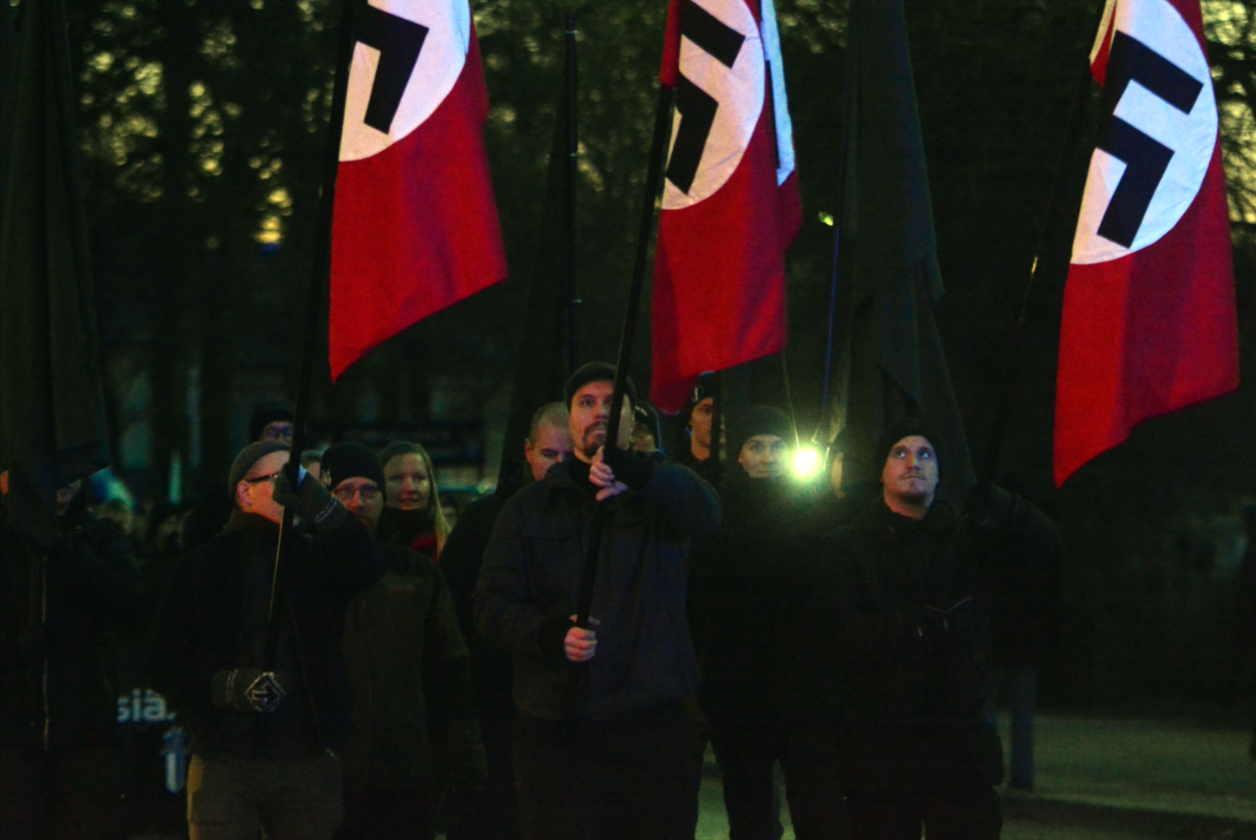Introduction to the Fascisterne Movement
The Fascisterne Movement was a political and ideological movement that aligned itself with broader European fascist ideologies during the early to mid-20th century. Rooted in nationalism, authoritarianism, and cultural preservation, it emerged as part of a wider trend of far-right politics sweeping across Europe in the years between World War I and World War II.
What is the Fascisterne Movement?
The term Fascisterne comes from the Danish word for “The Fascists.” This movement was particularly notable in Denmark but had ideological connections to other fascist movements in Italy, Germany, and Spain. It sought to promote national unity under a strong, centralized authority.
The Origins of the Term “Fascisterne”
The word itself was used both by supporters and detractors of the movement. While its adherents embraced it as a symbol of strength and discipline, critics used it to highlight the dangers of totalitarianism.
Historical Context of Fascism in Europe
To understand the Fascisterne Movement, we must place it in the context of post-World War I Europe—a period marked by political instability, economic crises, and widespread disillusionment with liberal democracy.
Historical Background
Early 20th Century Political Climate
Europe in the 1920s and 1930s was a breeding ground for radical ideologies. Political polarization, unemployment, and fears of communism led to the rise of extremist movements.
The Rise of Nationalist Movements
National pride became a rallying cry for many political factions. Fascisterne capitalized on this sentiment, promising a return to traditional values and a stronger national identity.
Key Influences on Fascisterne Ideology
The movement drew inspiration from Mussolini’s Italy, Hitler’s Germany, and other authoritarian regimes. Militarism, propaganda, and a focus on unity under one leader were common traits.
Core Ideologies of the Fascisterne
Authoritarian Leadership
Central to the Fascisterne belief system was the idea that a strong leader should have absolute control over the state.
Nationalism and Cultural Identity
They promoted the preservation of Danish culture and traditions, often opposing immigration and foreign influence.
Economic Policies and State Control
The movement favored corporatist economics, where industries worked closely with the state to achieve national goals.
Militarism and Expansionism
While not as aggressive as Nazi Germany, Fascisterne still promoted military strength as a core part of national pride.
The Spread of the Movement
Fascisterne in Denmark and Scandinavia
Though primarily a Danish movement, fascist ideas found footholds in other Scandinavian countries.
Global Connections with Other Fascist Groups
Fascisterne had ideological ties to fascist movements in Italy, Spain, and Germany, sharing strategies and rhetoric.
Propaganda and Recruitment Strategies
They relied heavily on rallies, printed media, and speeches to spread their message.
Key Figures in the Fascisterne
Political Leaders
Leaders sought to consolidate power and create a political system modeled on other fascist states.
Influential Thinkers and Writers
Certain intellectuals provided the theoretical backbone for the movement’s ideology.
Military Leaders
The military wing of the movement emphasized discipline, loyalty, and national defense.
Opposition and Resistance
Anti-Fascist Movements
Socialists, communists, and liberals organized to push back against Fascisterne’s influence.
Role of Media and Literature in Opposition
Newspapers and writers exposed the dangers of fascist rule, often at personal risk.
International Condemnation
The movement’s authoritarian policies drew criticism from democratic nations worldwide.
Decline of the Fascisterne Movemen
Impact of World War II
After the defeat of Axis powers, fascism lost its political legitimacy in Europe.
Political Shifts in Europe
Post-war governments in Denmark moved toward democracy and social welfare policies.
Legacy in Modern Politics
Though diminished, the movement’s ideas linger in fringe political groups.
Fascisterne in the Modern Era
Modern Interpretations of Fascism
Today, “fascism” is often used as a warning against authoritarian tendencies.
Neo-Fascist Groups and Their Influence
Small extremist factions still draw from historical fascist rhetoric.
How History Views Fascisterne Today
Historians largely view the movement as a cautionary tale about political extremism.
Conclusion
The Fascisterne Movement serves as a historical reminder of the dangers of unchecked nationalism and authoritarianism. While its direct influence has faded, the lessons it offers remain deeply relevant in today’s political climate.
FAQs
1. What was the main goal of the Fascisterne Movement?
To establish a strong, centralized authoritarian state grounded in nationalism.
2. How did Fascisterne differ from other fascist groups?
It had a unique focus on Danish culture and traditions, adapting general fascist ideas to local context.
3. Was the Fascisterne Movement successful?
It never fully took power but had influence in certain political and cultural spheres.
4. What led to its decline?
World War II, the defeat of fascist allies, and democratic reforms in Denmark.
5. Are there still groups inspired by Fascisterne today?
Yes, but they remain small and lack mainstream political influence.

